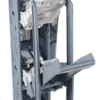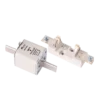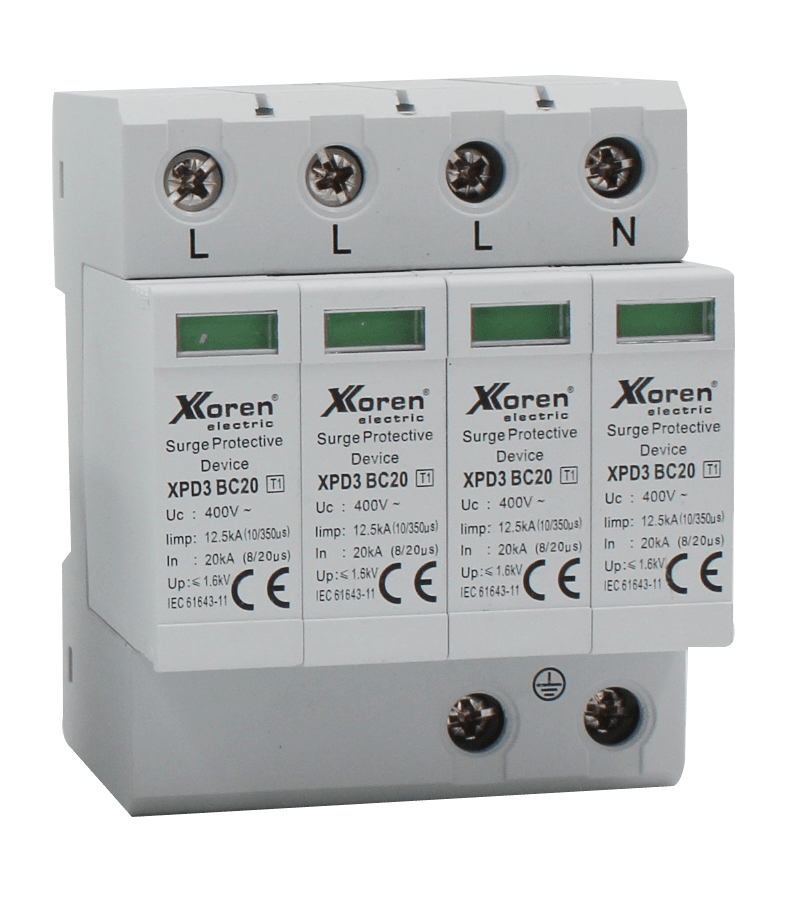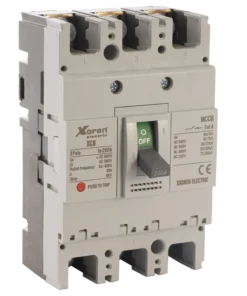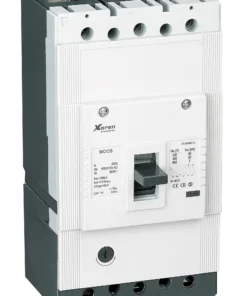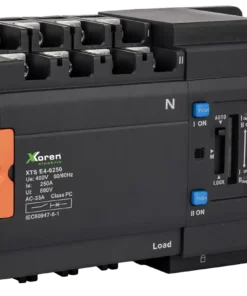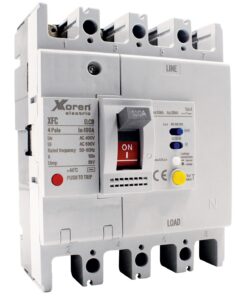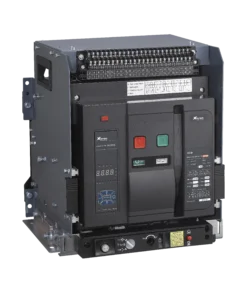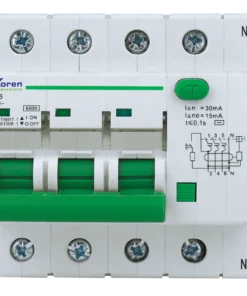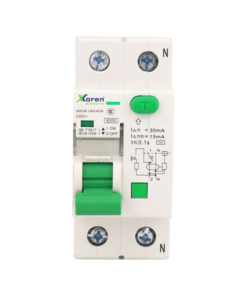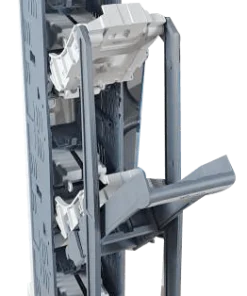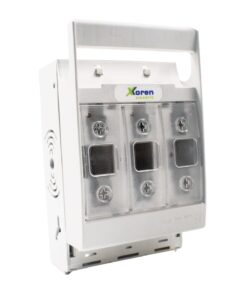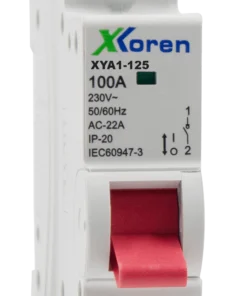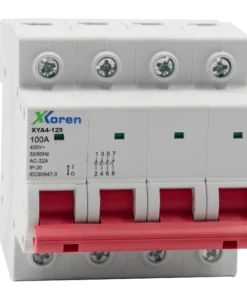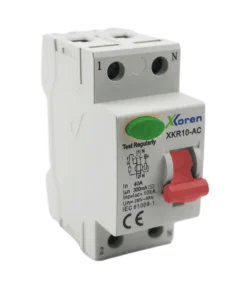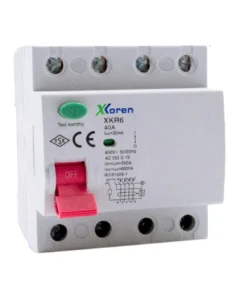Technical Specifications:
Type B (Class I, Type 1) Surge arresters are used to provide direct protection against
lightning strikes in areas where lightning rods are used, before the meter .
Type C (Class II, Type 2) Surge Arresters are used after the meter to provide protection
against sudden overvoltage impacts coming from the internal network .
Type D (Class III, Type 3) surge arresters are used as overvoltage
limiters
in places where the distance of Type 2 surge arresters to the distribution panel exceeds 30m
.
B+C Type (Class I+II, Type1+ Type2) Surge Arresters are used to provide protection against both lightning and sudden voltage strikes from the network when the distance
between the main and secondary distribution panels exceeds 10m.
Number of Poles: 1P, 2P, 3P, 4P
Voltage Protection Level: 0.9kW-1.4kW-2.5kW
Rated Current: 20kA, 40kA, 50kA, 100kA
Lightning Impulse Current: 12.5kA-50kA
B type, BC type, C type, D type
Replaceable cartridge
You can get detailed information about the subject from our article titled What are Surge Arresters and What are their uses?
What is a surge arrester and what does it do?
Surge arrester is an important protection device used against negative effects such as overvoltage and lightning strikes in electrical systems. Sudden energy increases from lightning or other overvoltage sources can damage electrical equipment. Surge arresters protect the equipment in the system by directing this energy to the ground. These devices can be used in both homes and industrial facilities. Surge arresters are vital for the safe transmission and distribution of energy. High voltage fluctuations can cause serious damage, especially in places such as power plants, large factories and production facilities. Surge arresters control the sudden voltages entering electrical circuits and ensure that devices operate smoothly. They can also be used in homes to protect sensitive devices (television, computer, etc.). There are many types of surge arresters used to prevent fire and equipment damage that may arise from overvoltage. These types should be selected according to the electrical load and needs of the area where they will be used. Surge arresters ensure the safety of the system by being integrated into fuse boxes.
Surge Arrester and Industry
Surge arresters are important protection elements that have a wide range of use in the industrial field. Large machines used in industrial facilities can be vulnerable to sudden voltage surges due to their high energy requirements. These surges can cause the machines to fail, production to stop, and even cause security problems. Surge arresters provide critical protection to prevent such situations. Surge arresters, especially used in large production facilities, power plants, and distribution centers, help protect both equipment and work safety. Industrial surge arresters have high current capacities and are resistant to very strong lightning strikes. At the same time, industrial surge arresters increase the overall performance of the energy system. By preventing sudden voltage increases within the system, they minimize electrical disruptions. This allows the facilities to operate more efficiently in the long term and reduces maintenance costs.
What is a surge arrester?
Surge arresters are safety devices that protect electrical circuits against overvoltages. Sudden voltage increases such as lightning strikes or power line surges can cause serious damage to electronic devices. Surge arresters play a critical role in eliminating such risks. These devices, installed in electrical circuits, are activated in overvoltage situations and protect the system by transmitting the excess energy to the ground. The main function of surge arresters is to protect the electrical line in case of overvoltage. The high voltage generated in these lines is quickly detected and eliminated by the surge arrester. When the electrical current returns to normal levels, the surge arrester is disabled. This allows continuous protection. Their areas of use are quite wide. They are used to increase the safety of all types of electrical systems from homes to industrial facilities. As well as being used in high-voltage industrial facilities, they are also preferred to increase the safety in homes with sensitive electronic devices.


